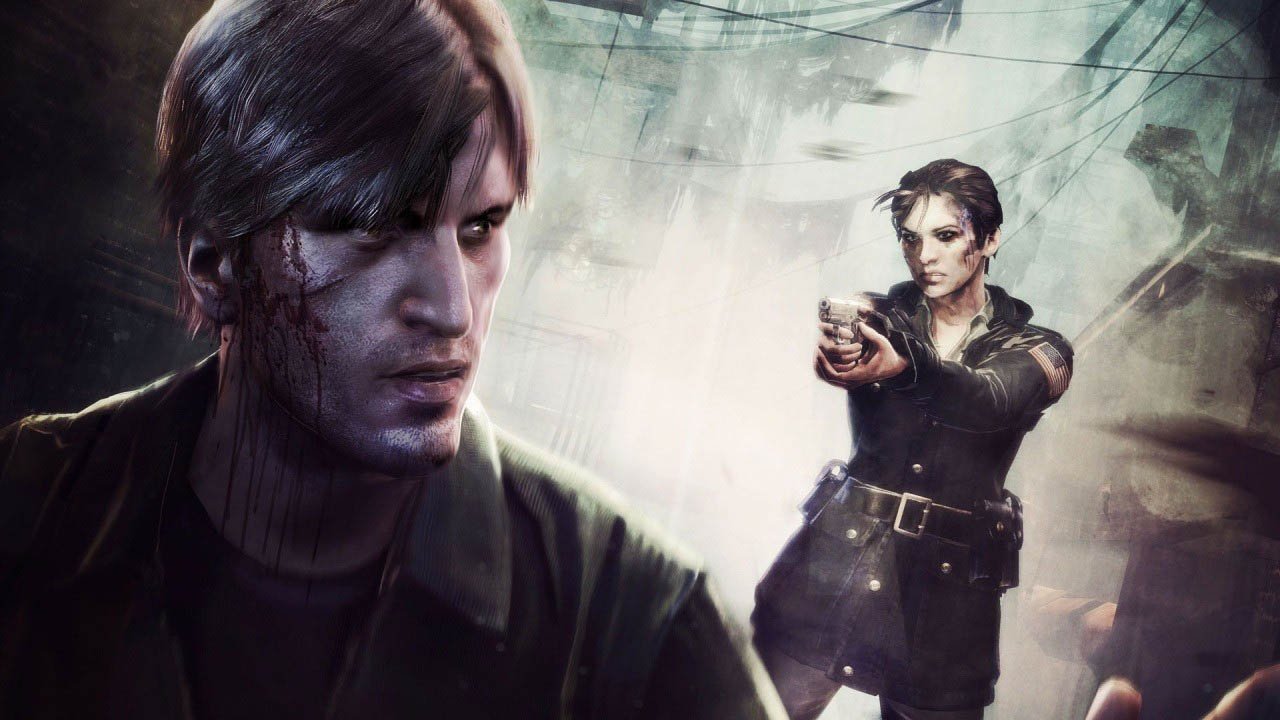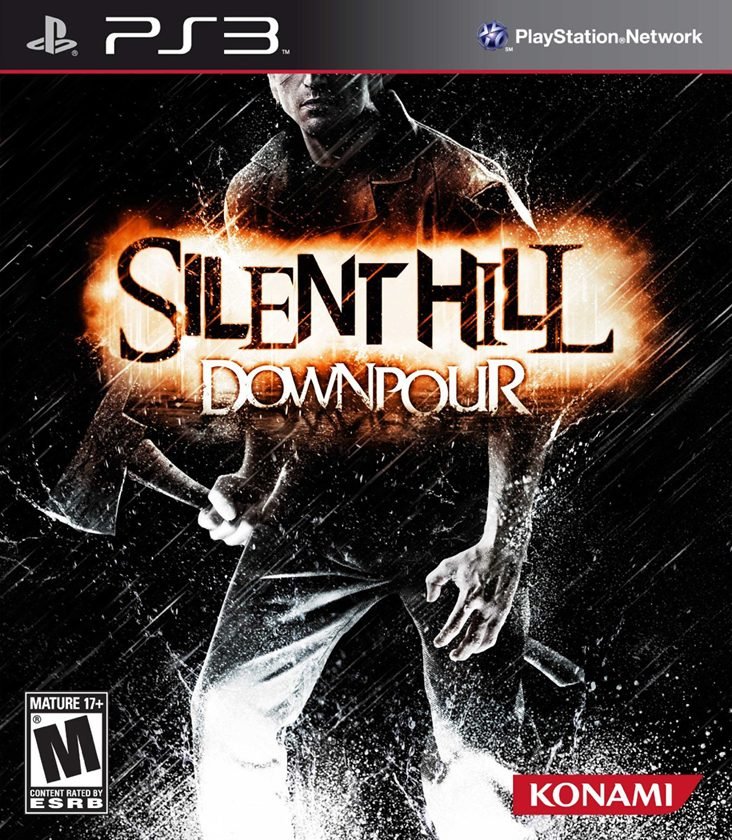The Silent Hill franchise has gone through quite a few changes over the past few years. It seems that ever since the radical departure from the series’ roots that was Silent Hill 4: The Room, the franchise has been wobbling along on unsteady, uncertain feet, trying to get back on solid ground and only partially succeeding. In recent times, “Team Silent” has taken a step back from the series, and developers like Double Helix Games for the 2008 release, and now a move to Europe with Vatra Games from the Czech Republic, have moved in to fill the empty space.
This latest game is a mixed – though ultimately positive – step forward for an uneven franchise in need of some good old-fashioned dread. Apparently the depressed, conflicted people of Prague, home of Vatra games and Franz Kafka, understand dread, and while it’s not quite the same as the Japanese sense of horror, it’s effective horror nonetheless.
The Worst Town In America
Silent Hill: Downpour goes back to the source in many ways, taking a long, hard look at when the series was at its height and trying to emulate that. The story follows Murphy Pendleton, a convict caught in a prison transfer gone wrong when his bus flips over on the outskirts of Silent Hill. As fans of the series know, this is an Incredibly Bad Thing, and in a nod to Silent Hill 2, the various manifestations of Pendleton’s own fear, guilt, and shame begin to take on physical and environmental forms as the town of Silent Hill once again does its best to… damn someone.
“Silent Hill: Downpour goes back to the source in many ways…”
To say more would be to spoil one of the strongest stories in the series in recent years, but it is safe to say that Vatra and Konami looked to Silent Hill 2 for inspiration. The random characters – each with a dark secret – the subconscious impulses as antagonists, the foggy streets, all these things are taken straight from the playbook of one of the most popular titles in the series, and handled with maturity and appropriate darkness. Perhaps most surprisingly, this is perhaps the most narratively coherent entry in the console series, with clear endings that don’t feel quite as ambiguous as previous titles.
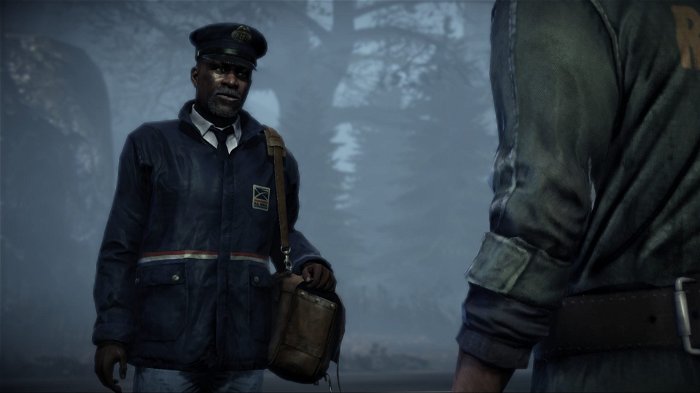
Unfortunately, where the story is almost uniformly strong, the graphics are not. Despite the fact that this game has been delayed twice, there is still an air of the unpolished about it. The game uses the Unreal engine, and gamers familiar with the technology should already know what that means; occasional lapses into blurry textures and some noticeable screen tearing.
There are also some pretty significant drops in frame rate, but this is more prevalent on the PS3 version than the Xbox 360 version. It’s obvious that Vatra didn’t have much experience when it came to creating games of this scale, and the technical side of the graphics suffered as a result. On the art side, however, the game is evocative, creepy, disturbing, and poignant, all the things a good Silent Hill game should be.
Like Team Silent before them, Czech studio Vatra has that outsider’s perspective that seems to give them insight into what it is about small American towns that can be so damn unnerving, and the “mundane” aspect of Silent Hill’s town reflects this. When the game makes its inevitable transition to the hellish “Otherworld” – which, by the way, still uses a similar effect to the one seen in the movie – the industrial gothic aesthetic is in full force, along with unique set pieces that feel distinctly European.
“The puzzles, on the other hand, are pure, classic, old-school fun, with just the right amount of darkness for a Silent Hill game.”
There is clear craftsmanship and artistic eye at work in the visual team of Vatra, which is unfortunately let down by Vatra’s less-than-accomplished technical expertise. The only significant failing of the art department would be the monster designs. Here, Team Silent is still the undisputed master with their bizarre interpretations of neurotic and psychotic impulses into strange, barely recognizable forms.
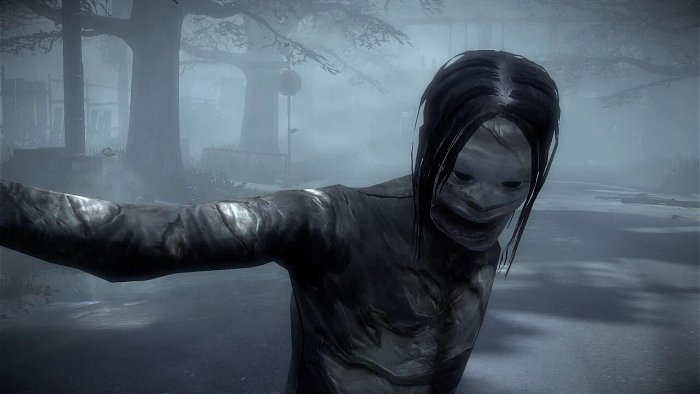
Vatra’s own team plays it safer, with a small array of clearly humanoid monsters, and not many of them. The lack of enemy variety is definitely noticeable and to some extent hurts the game a bit, as you’ll have seen almost everything the game has to offer about ¼ of the way through your playthrough.
The sound is always going to be a sticking point for many fans of the series, and understandably so. Akira Yamaoka has basically defined the franchise’s signature sound since the first game and has worked on most of the games since, including the most recent console outing, Silent Hill: Homecoming. He was not involved in this project, and instead we get Daniel Licht, best known for his work on the TV series Dexter.
In some instances, Licht does a convincing imitation of Yamaoka’s own dissonant, cacophonous style, but like Yamaoka in Homecoming, there are also moments when Licht’s composition is unexpectedly melodic and feels out of place. The sound effects are generally a bit better, with some interesting choices made due to Murphy’s own psychological issues with the police, so the all-important radio is now a police band walkie-talkie that sputters to life with cop chatter, and the signature Silent Hill sound effects for actions like picking up items carry over intact from their original, Silent Hill 1 days. The voice acting is also generally an improvement, with all the actors giving believable, understated performances.
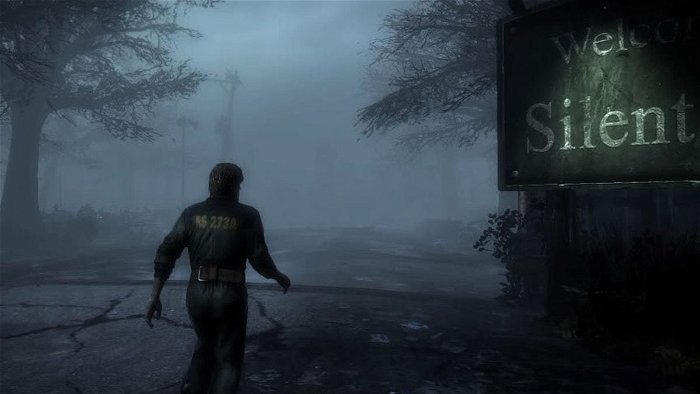
Silent Smorgasbord
If Silent Hill: Homecoming was a jumbled, Silent Hill: Greatest Hits Collection in HD from a gameplay standpoint, Silent Hill: Downpour is the more focused sequel that returns to the roots of the series in a very specific way. Silent Hill and, perhaps even more aggressively, Silent Hill 2 are the main influences of this game, and it shows in much of the mechanical side. As with the earlier SH games, the focus of the game is on the town of Silent Hill itself.
The more rural, small town feel of Silent Hill‘s quiet, paranoid roaming is thrown into the pot with the psychological angst and random, clearly disturbed character moments of Silent Hill 2 with a generous mix of puzzles that hark back to the late 90’s and early 00’s era of survival horror. In many ways, this feels like a classic Silent Hill game, right down to the clunky combat.
The combat itself is probably my biggest lingering question mark. It feels very much like a throwback to the original Silent Hill, which, if you do the math, means it feels and plays like a 1999 game. Where my confusion lies is whether this was a deliberate control choice that they iterated over and over to get the feel just right, or just sloppy design.
Murphy, like Harry Mason years before him, is terrible at melee combat, and possibly even worse at shooting. He also, like most normal humans, has no regenerating health, which will probably come as a great shock to modern players. Combat locks you into long, slow animations that make it easy to misjudge distance and aim, leaving you open to combo attacks.
“Ultimately, Silent Hill: Downpour is a game that manages to outshine its vices with its virtues.”
The secret to handling combat – at least one-on-one – is to be cautious, get in one, maybe two hits, and then back off, circle around your opponent, and move in for another hit. When shooting, players will immediately notice that Murphy’s reticle swings erratically to show his inexperience with guns, so at longer ranges it’s quite possible that Murphy will miss the shot simply because he doesn’t have a steady hand. All of this seems to be part of the game’s agenda to reinforce a simple concept: in the city of Silent Hill, it is better to run than to fight.
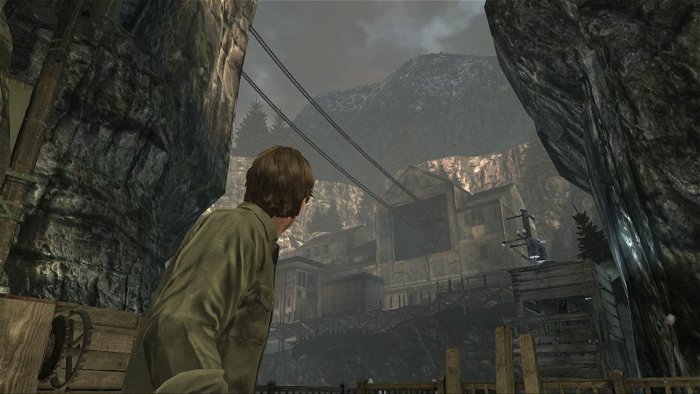
This was also true in the first two games, where, especially in “normal” town sections, there were far more monsters than bullets available, and it was more efficient to avoid fights than to find yourself in a fixed, unavoidable confrontation with no bullets left because you got trigger-happy on the way there. This is further enhanced by the fact that Vatra has introduced limited-use melee weapons that break after a certain number of hits.
Vatra has balanced this by providing rocks, stones, or even beer bottles in almost every single area if you’re really desperate for an improvised weapon because your own sledgehammer just broke. This still doesn’t quite take away the experience of suddenly standing toe to toe with a Witchy Woman creature while unexpectedly defenseless, but it does give you a chance to claw your way back if that should happen. Combat in Silent Hill: Downpour, but on some level that may be the point.
“There is clear craftsmanship and artistic eye at work in the visual team of Vatra, which is unfortunately let down by Vatra’s less-than-accomplished technical expertise.”
The puzzles, on the other hand, are pure, classic, old-school fun, with just the right amount of darkness for a Silent Hill game. They may even be the highlight of the game, showing a creativity in some areas that has never been seen before in the series. While old standbys like finding numerical codes to unlock keypad-controlled doors still make an appearance, there are also scavenger hunts, shadow-based puzzles, and even a particularly elegant puzzle that involves acting as a stagehand for a children’s play.
With the increasing emphasis on action, especially Resident Evil’s ironic adaptation of Gears of War-style combat when it was Cliffy B. himself who was inspired by Resident Evil 4, it’s refreshing to see a game that doesn’t equate fear with anything but jump scares and horde mechanics. The puzzles in the town of Silent Hill add to the atmosphere of the town with some interesting information – often revealing something about either the town or Murphy himself – or simply add to the mood of a world where things are at best, not quite right and, at worst hellish.
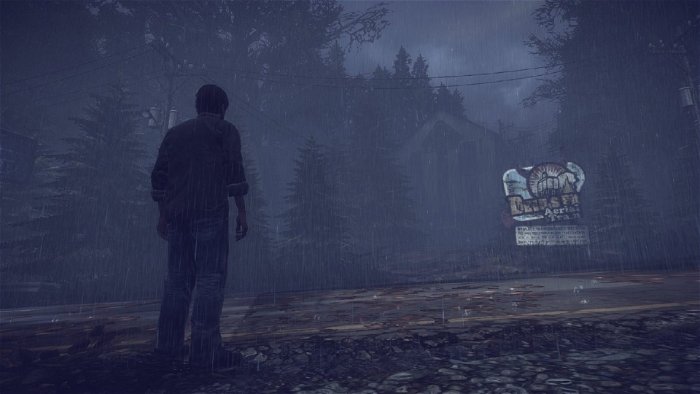
The game continues in this vein, bouncing back and forth between moments of astonishing effectiveness and others that make you wonder how such a blunder could have occurred when this developer is clearly talented. The pacing is another area that suffers from an inconsistent, disjointed sense of flow. The strongest parts of the game are those that take place in the town of Silent Hill itself, but that’s actually only about half of the game.
The other half is spent about ¼ on the outskirts of town, trying to get to Silent Hill proper, and the last ¼ takes place in a new location. In both cases, the game is hamstrung and feels weaker when it’s out of its element. The section in Silent Hill is strong because it falls back on the sense of exploration mixed with fear that the early entries in the series were so good at. Vatra has even included side quests in town, expanding on the original temptation of the early games to explore beyond the next objective in search of more ammunition or first aid kits.
These side quests add a lot of substance, and the largely open-world quality of Silent Hill itself gives the game an unexpected air of dark, dangerous adventure. There are enemies everywhere, and they become more numerous when it rains, but there are also items and quests that will enrich your experience if you’re willing to brave what’s out there.
This is in stark contrast to the linear experience of the introduction and conclusion, with the final levels, in particular, forcing the player into more frequent, sometimes mandatory, combat sequences. As mentioned, the combat is not particularly effective, which can make the final levels more of a chore than they need to be. The game does manage to snatch victory from the jaws of defeat, however, with some surprisingly good final gameplay – and a truly creepy final boss – that works perfectly with the story it is trying to conclude.

Another thing to note, perhaps the most surprising thing about Silent Hill: Downpour, is how sparingly it handles its forays into the “other world” or hell. Of all the Silent Hill games, this is perhaps the most sparing of the series, relying mostly on the danger of Silent Hill itself rather than the overt danger of the freaky industrial landscapes the series is known for.
This may seem like a criticism at first, but it actually works to the game’s advantage, making the forays into the Otherworld all the more effective because of their rarity. Again, this is not an unqualified plus for the game, as the Otherworld sections can also include a poorly implemented chase sequence that starts to feel repetitive toward the end.
Ultimately, Silent Hill: Downpour is a game that manages to outshine its vices with its virtues. The technical problems and pacing issues are significant, but there’s an atmosphere, story, and “Silent Hilli-ness” that the game manages to nail more often than not. Fans of the series should pick this up, as it will feel familiar, scary, and fun, even with some problems. Newcomers to the series may appreciate the dark, mature nature of the game, but may also find the technical problems too great to easily forgive.
